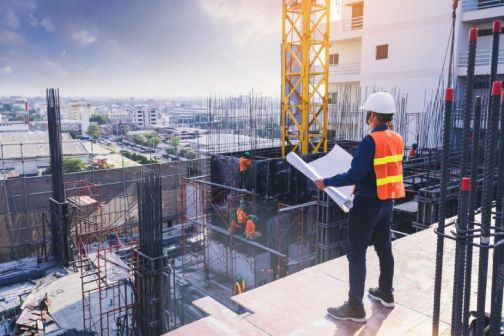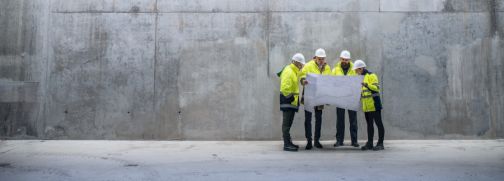What is the BREL report and how does it impact your residential new build project?

The BREL report is an output of the Standard Assessment Procedure (SAP) and appears in two parts -the 'Design' and 'As-built' stages.
The Building Regulations England Part L report, or 'BREL' report as it is referred to, is a new requirement of the updated Part L 2021 Building Regulations that came into force on the 15th of June 2022. It impacts all new residential projects subject to the new building regulations by requiring them to produce reports and evidence that the buildings have been constructed as designed. This aims to close the 'Performance Gap' where the as-built building's performance does not match the design expectations.
Any changes to the original specification list of a project will be highlighted by the BREL report. This will enable Building Control to check that building performance has not been compromised. For example, a substitution of the initially specified heat pump with an alternative can be assessed to ensure that the as-built heating system's efficiency isn't compromised.
How does the design stage BREL report work?
The SAP design stage BREL report is produced before work on the building begins. It includes all the target metrics required for compliance with Part L 2021: the primary energy rate, target CO2 emission rate, target fabric energy efficiency and minimum standard for fabric and fixed building services.
It also shows the equivalent expected dwelling performance rates and fabric energy efficiency based on the proposed design specification. It includes a detailed list of that specification that will also appear and play an important role in the second BREL' as-built' report.
What is the 'as built' BREL report?
The 'as-built' BREL report is the second and final stage of the BREL report. It lists the actual specification of products used to construct the building and uses that information to re-run the dwelling performance metrics against the original performance targets produced in the design stage BREL report. This ensures that the dwelling, 'as-built', still meets the performance criteria for Part L 2021.
The 'as-built' BREL report also produces a list of products used within the development and automatically generates a schedule of changes from the original design specification. This allows Building Control to focus on these changes more quickly and ensure that building performance has not been affected by product characteristics or installation practices that may differ from those originally specified at the design stage.
The SAP assessor signs off the 'as-built' BREL report to confirm that the 'as-built' calculations are accurate. The developer also signs to confirm that the dwelling has been constructed according to the 'as-built' specification.
Documentary evidence must be supplied to show that the correct products have been provided to match those listed in the specification. Photographic evidence is also required to confirm that those products have been installed correctly on-site.

What photographic evidence is needed for the BREL report, and how will it impact developers and SAP assessors
On-site photographic evidence is needed to show that key products in areas of the construction crucial to the energy performance of the dwelling have been specified and installed correctly. The BREL report recognises that the fabric and the services of the building need to work together if actual performance is to match design expectations.
The quality and continuity of insulation installed within the dwelling and the standard of air tightness detailing that has been employed must be shown by taking detailed photographs. This helps to raise the importance of these areas to installers during the build process and allows compliance to be checked as part of the BREL report.
There is a similar requirement for building services. All HVAC systems must be photographed in situ to show plant or equipment identification labels, including the make and serial number and the continuity of insulation around primary pipework. This is to help confirm that these crucial heating and ventilation systems match those specified initially and that they have been correctly installed in line with the manufacturer's instructions.
Anyone can take the required photographs; however, they need to meet several requirements laid out in Part L 2021. Photographs should be taken for each dwelling on development and have geolocation to confirm each image's location, date and time. They should record appropriate construction stages prior to closing up the work and be of sufficient quality to enable a qualitative examination of the detail to be carried out. Each photograph needs a file name that includes the plot number and a reference detailed within the Part L guidelines.
What does the BREL report mean for developers, SAP assessors and building control?
The BREL report places additional requirements on developers, SAP assessors and Building Control. It encourages a close look at the original design specification to ensure that it works once the dwelling is constructed.
This has the potential to encourage greater collaboration to find proven, easy-to-install product solutions, reducing the need to depart from the original design specification and limiting the instances of value engineering that will require additional scrutiny in the BREL report. This collaboration will simplify the BREL process for all parties and, in return.
Product manufacturers also have a part to play, and at GDHV, we understand the changing nature of regulations and the need for collaboration across the industry. We support our customers with advice on HVAC strategies, product specification and design applications through installation training.
Contact our HVAC experts if you would like to learn more about how our range of low carbon HVAC solutions can meet the new requirements of the uplifted Part L and the BREL report.








